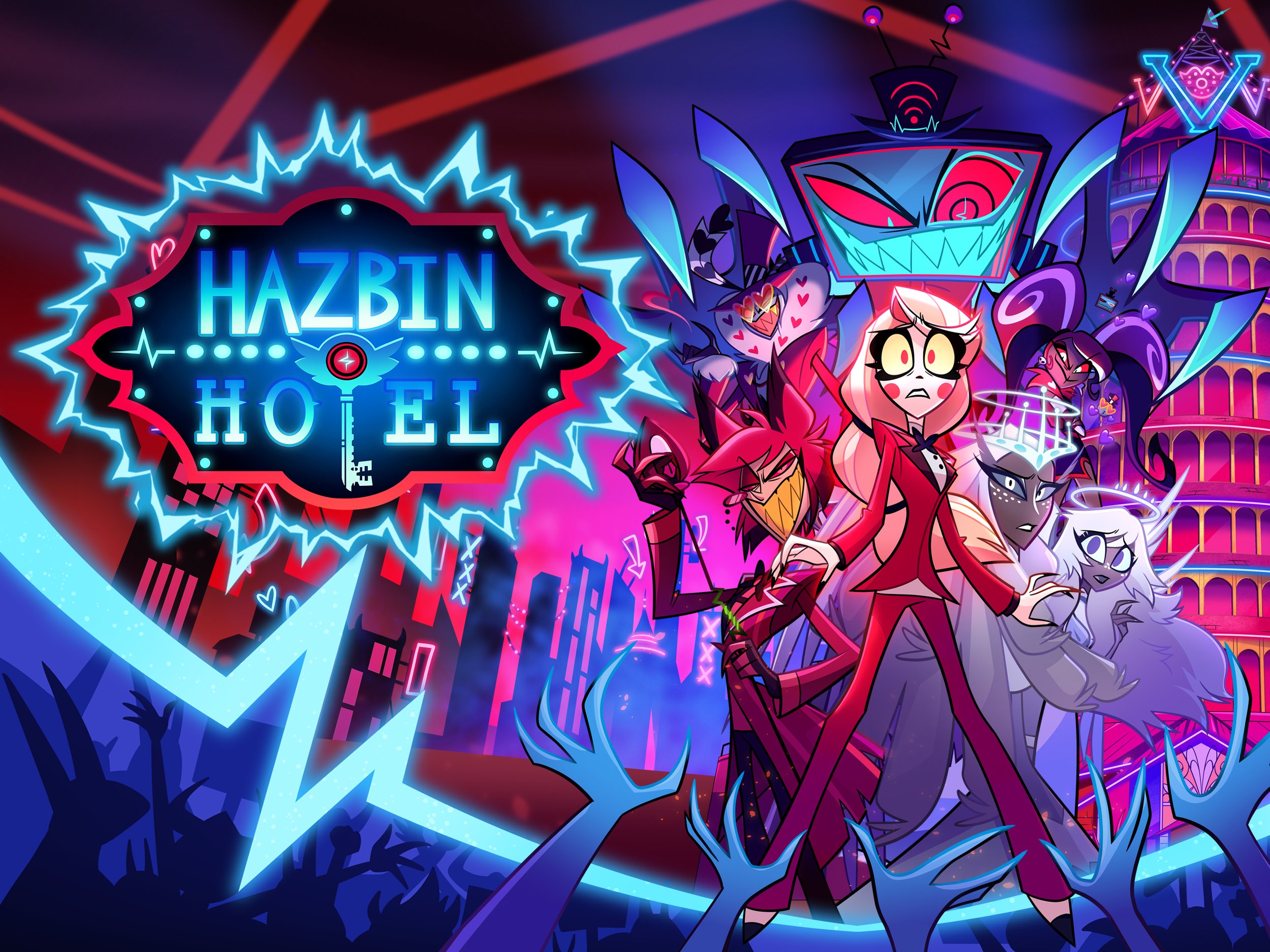Snow White: Is She Safe or Silenced? Protection as Patriarchal Cage
At first glance, Snow White’s retreat into the forest and her subsequent life with the seven dwarfs appears to be a reprieve, a sanctuary from the murderous intentions of the Evil Queen. The dwarfs offer her shelter, protection, and companionship. But beneath the surface of this supposed refuge lies a deeper, more insidious narrative. Snow White is not liberated by her time in the dwarfs' cottage; she is infantilized. She is kept safe, yes, but in the same way a child is kept safe: through control, limitation, and dependence. This essay interrogates the power dynamics of Snow White's "safe haven," arguing that her protection functions as a patriarchal cage that reinforces her passivity and silences her agency.
Domestic Diminishment: The Cottage as Confinement
Upon arriving at the dwarfs' home, Snow White is immediately absorbed into domestic labour. She cooks, cleans, and tends to the cottage in exchange for shelter. Her value is measured by her usefulness and her compliance, not by her intellect, creativity, or independence. The dwarfs, though portrayed as kind, are also gatekeepers. They set rules: do not open the door to strangers, do not leave, follow our guidance. These mandates mimic the overprotection often imposed on young girls under the guise of care, an infantilizing logic that restricts autonomy under the pretense of love.
This is not a home in which Snow White can grow. It is a holding cell decorated like a nursery. The dwarfs, while diverse in temperament, function as a collective parental body. She becomes their ward, their housekeeper, and in some ways, their doll; admired, doted upon, but fundamentally without power. Her own will is barely present; she defers to their instructions and remains contained within their world. This regression to a pre-adult role aligns with how patriarchal structures often romanticize female innocence while disempowering it.
Protection or Possession?
It is crucial to ask: whom does this protection ultimately serve? On the surface, the dwarfs save Snow White from the Queen. But in doing so, they also preserve the status quo. Snow White, in her passive purity, is the perfect feminine ideal; sweet, docile, obedient. She poses no threat to the established order. Her isolation in the woods is not a self-imposed exile but a strategic sequestration. She is removed from the public world, from decision-making, from conflict, and placed in a domestic sphere where her function is to serve and survive.
Her lack of resistance or challenge is not evidence of her comfort, but of her conditioning. In many ways, the dwarfs' "protection" becomes a form of soft possession. They keep her, rather than free her. They do not ask her to define her future or confront her fears, they merely shield her from them. This renders Snow White a static figure, not a developing one. Her growth is arrested. Her silence is mistaken for serenity.
The Infantilization of Women in Fairy Tales
This pattern is not unique to Snow White. Fairy tales have long trafficked in the infantilization of their heroines. Young women are often portrayed as passive, naive, and in need of saving. They are locked in towers, pricked into sleep, turned into beasts of burden. Their innocence is preserved at the expense of their agency. They are taught to wait; for rescue, for love, for permission.
In Snow White, this infantilization is subtle but pervasive. She is repeatedly tricked by the Queen, even after warnings. She does not learn to defend herself or to question the world around her. Her narrative arc is one of endurance, not transformation. The dwarfs, while not malevolent, contribute to this by reinforcing her dependency. They offer her safety but deny her experience. They protect her body, but not her mind.
From One Cage to Another: The Prince's Arrival
Snow White’s story ends not with liberation, but with a transfer of ownership. After being poisoned and preserved in a glass coffin a literal display case for her beauty and purity, she is discovered by a prince who awakens her with a kiss. She does not awaken on her own. She is not revived by inner strength, by revenge, by wisdom, or by will. Her life is reanimated through romantic intervention.
The prince does not know her, has not spoken with her, yet claims her immediately. He desires her based on appearance alone; a sleeping beauty, a perfect, inert bride. This moment, often celebrated as redemptive, is in fact a final act of silencing. Snow White is passed from the dwarfs' house to the prince's castle. She is never given a voice in her own fate. Her "happily ever after" is a quiet absorption into another patriarchal structure.
Reframing the Dwarfs: Caretakers or Jailers?
If we re-examine the dwarfs not as whimsical helpers but as enforcers of status quo, their role becomes more complicated. Their rules, their surveillance, their emotional dependency on Snow White all resemble forms of control. They demand gratitude, loyalty, and obedience. Their protection is conditional. It does not empower; it disciplines.
This is the paradox of the patriarchal protector: he appears as savior but acts as captor. He creates boundaries, enforces limits, and calls them love. Snow White, trapped in the sweet prison of their affection, becomes a case study in how care can be wielded as coercion. Her story reveals that safety, when coupled with silence, is not safety at all.
Simply Put: Breaking the Spell of Passive Protection
Snow White is not safe. She is silenced. Her tale, long held up as a model of innocence rewarded, is in truth a chilling account of how patriarchal systems mask control as care. The dwarfs' protection is not malicious, but it is limiting. The prince's kiss is not romantic, but possessive. And the heroine's happy ending is not chosen, but assigned.
To break the spell of this narrative, we must teach our daughters that protection should never come at the cost of autonomy. That safety should never require silence. That real care nurtures growth, risk, and voice, not obedience. Snow White deserves more than a glass coffin or a tidy cottage. She deserves a story where she can speak, fight, fail, and choose.
She deserves, in short, to grow up.
References
Table of Contents
About this Series
This article is part of a three-part critical exploration of Snow White through progressive psychological lens, viewing the classic tale in a new light. Revealing hidden power structures and cultural assumptions beneath the fairy tale’s surface.
Read the full series:
Villain or Victim? The Evil Queen’s Tragedy in a Patriarchal Mirror
Snow White: Is She Safe or Silenced? Protection as Patriarchal Cage
Together, these essays challenge the mythologies of beauty, power, race, and gender woven into one of the most iconic stories in Western culture.






